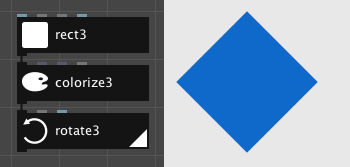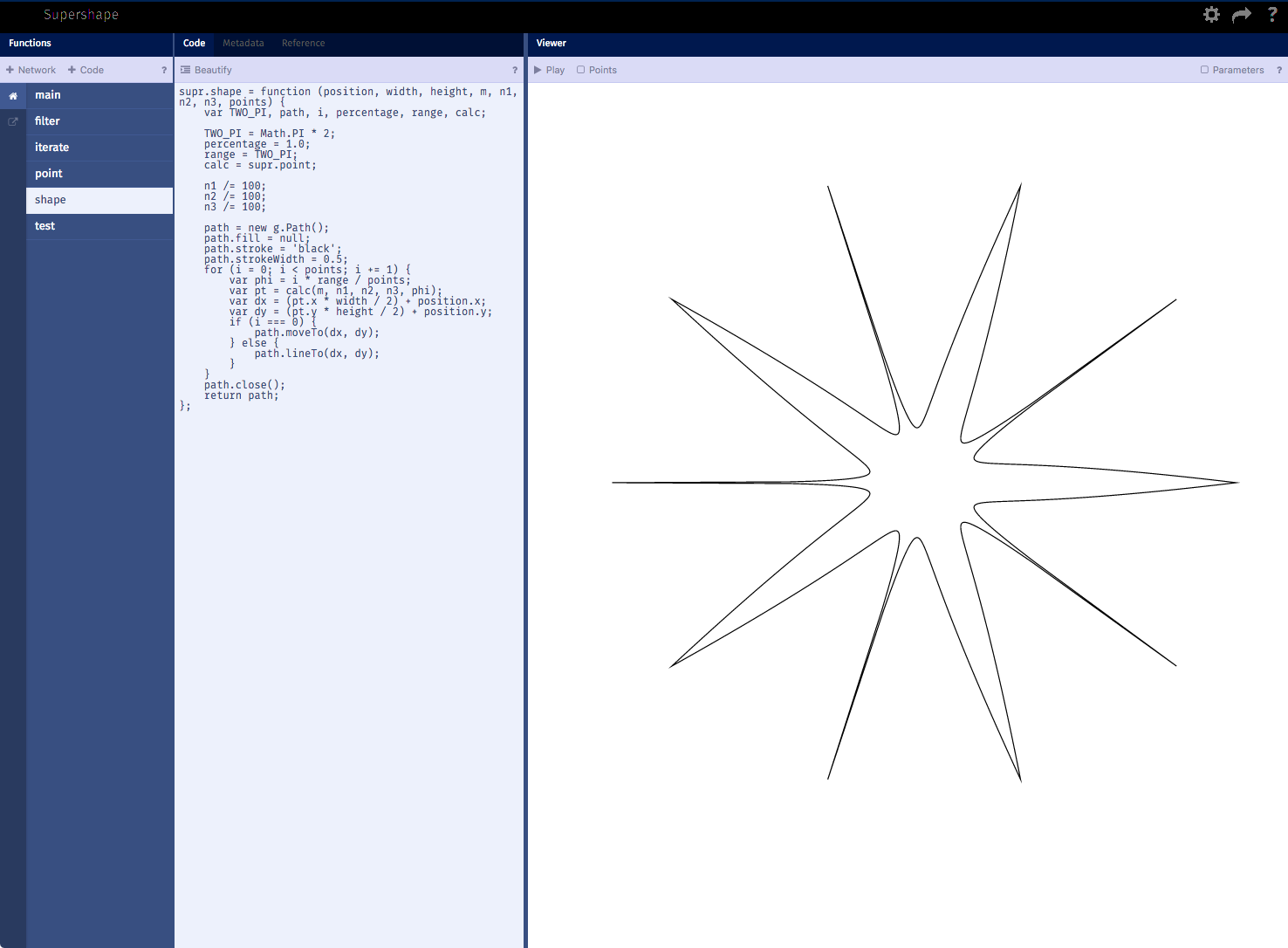

You can set the desired number of decimal points for these totals using the Precision setting. Sum and Average totals require numeric values under the Value key in the source table. Voila! A character occurrence table with only three nodes. Set Method to Count and leave Precision at 0. Set Category key to character and Value key to occurrences (leave Partition key blank). Feed the output into both ports 1 and 2 of a table node set port 0 to character,occurrences. Count can be used to simply count the occurrences of each row in the same grouping.Īn example of count totaling is a character occurrence table showing the number of times each letter of the alphabet occurs in a given text. Average is appropriate for values like price or a person's height. Sum is the normal form of totaling amounts. It provides three types of totaling: sum, average and count. It summarizes an existing table by grouping together values in repeating categories and totaling them. Summarize is probably the most powerful and useful node in this collection. It can also be used with the summarize node to "pivot" a table from one view to another.

It allows you to reorganize your data and filter it in new ways. Transpose does not alter or drop any values in your table it just moves them from columns into rows. New rows will be added for each month, repeating as subheadings after any existing row headings.

Using transpose, you can replace those 12 columns with a single new "month" column. For example, you may have a table with separate columns with sales data for each month of the year. The transpose node allows you to specify a range of columns and consolidate those into a single new "dimension". Using Change_col you can convert to strings by simply doing a lookup and feeding that into a number or integer node the table then can then be sorted properly. This happens when NodeBox interprets the column as strings instead of numbers. Sometimes numerical columns do not sort properly (e.g. There are many situations in which changing the contents of an existing column is useful: rounding values or changing their numerical precision, abbreviating or clarifying labels, changing case, making timestamps more readable, replacing values with percentages or some other function, etc.Ĭhange_col can also help with sorting issues. You can use this node to change the contents in one column of a table, change a column header (key name), or add a new column before or after any existing column. sort it), then feed the original table and that list to the drop_cols node and set the option to "Keep". To do this, get a list of the table's keys (using the keys node), reorder that list (e.g. You can also use drop_cols to REORDER the columns of a table. With large files this can also improve performance. This is a convenient way to reduce an unwieldy CSV file with many columns down to a more manageable size. You will get a modified table with the columns for those keys dropped OR all columns dropped except those keys. Pass this node a table and a set of keys.

Here are four more that will also be included in the next release: I included several table-related nodes in the first release of my node library. Tables are extremely useful for data analysis, visualization, and Nodebox projects in general. These table nodes are now included in my Node Library.
#Nodebox no repeat update#
See further down in this thread for my update posts with the improved nodes attached. UPDATE: I have improved some of the nodes covered in this post.


 0 kommentar(er)
0 kommentar(er)
